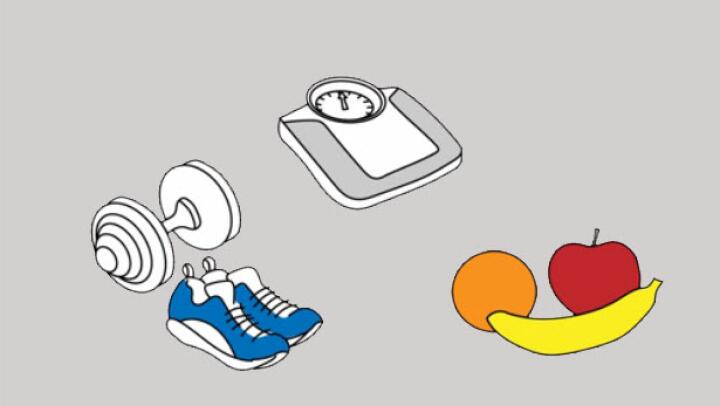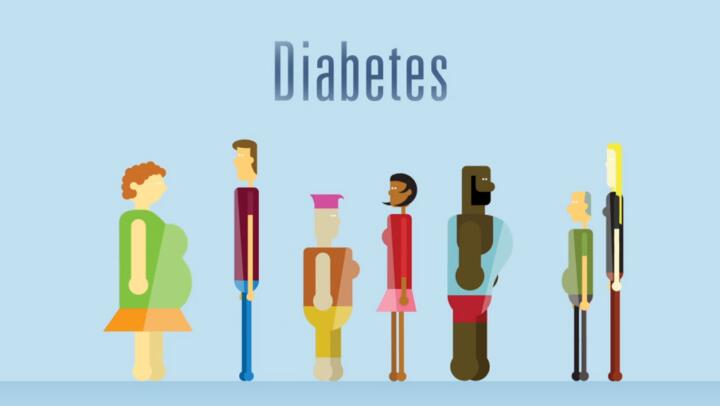
More people in the United States have been diagnosed with type 2 diabetes than ever before. Until recently, most people with the disease took oral medications to control their blood glucose (sugar) levels, and eventually they would need insulin injections.
In the last few years, though, non-insulin injectable medications have become available in the U.S. and now people with type 2 diabetes have another treatment option before going on insulin.
It may seem on the surface that oral medications and injectables work similarly, but there’s enough of a difference to make injectables for diabetes an increasingly popular choice for blood glucose management.
Oral medications act in several ways to help you manage your diabetes, such as:
Reducing glucose formation: Metformin is the most common oral medication for type 2 diabetes and it’s often the first treatment prescribed for diabetics. This drug works by reducing the amount of glucose produced by your liver. Metformin can be taken alone or combined with another glucose-lowering drug. Brand names of metformin include Glucophage and Formeta.
Producing more insulin: Other oral medications called sulfonylureas stimulate your pancreas to produce more insulin. While your body still may not use the insulin effectively, having more of it in your system allows your body access to more of it in order to regulate your glucose levels. There are several types of sulfonylureas, such as glyburide (Diabeta) and chlorpropamide (Diabinese).
Reducing insulin resistance: If your body is not using insulin effectively, a newer class of oral drug called thiazolidinediones (TZDs) helps your body become more sensitive to insulin. The available insulin can then break down glucose properly, lowering your blood glucose levels. Types of of TZDs include pioglitazone (Actos) and rosiglitazone (Avandia).
The most common side effects from oral medications include:
Hypoglycemia (low blood glucose)
Bloating
There are two categories of non-insulin injectable drugs that help manage high glucose levels caused by type 2 diabetes: glucagon-like peptide-1 (GLP-1) agonists and an amylin analog. They act in different ways.
GLP-1 medications stimulate your pancreas into producing more insulin, but they also slow down how quickly your liver produces glucose. There are five available GLP-1 medications:
Albiglutide (Tanzeum), taken once a week
Dulaglutide (Trulicity), taken once a week
Exenatide (Byetta), taken twice a day
Exenatide Extended Release (Bydureon), taken once a week
Liraglutide (Victoza), taken once a day
The second drug category is an amylin analog called pramlintide (Symlin). This medication works by slowing down how quickly your stomach empties. Since blood glucose levels spike while your body digests food, if it takes longer for your food to be digested, the likelihood of your blood glucose spiking is lower.
Non-insulin injectables do have more side effects than oral medications and they can range from mild to severe. They may include:
Body aches, muscle and joint pain
Pain around the eyes and cheekbones
Stuffy or runny nose
Diarrhea
Ear congestion
Warmth, or redness on the skin at the injection site
There are several differences between oral and injectable medications and your healthcare provider may feel that injectable medications are a better way for you to manage your blood glucose levels.
Timing: Some injectables can be taken only once a day, once every two days, or even once a week. This may be an easier schedule to maintain for some people.
Weight loss: Although non-insulin injectables are not meant for weight loss, some people who take them do see a modest drop in weight. Healthy eating and exercise, along with weight loss, can help you manage your blood glucose levels more effectively.
Combination of actions: GLP-1 medications play two roles in helping to manage your blood glucose levels—they stimulate your pancreas to produce more insulin and they slow down glucose production in your liver.
New method of glucose control: Pramlintide provides a different way for your body to manage blood glucose that’s not available by oral medication—it slows your body’s digestion of the food in your stomach.
Some people with diabetes may feel reluctant about giving themselves regular injections, preferring to take oral medications. However, the injectables may be necessary to help you keep good control of your blood glucose levels. Speak with your healthcare provider to learn what is involved in taking non-insulin injectables. Newer pen syringes contain predetermined doses, which means you don’t need to prepare a new syringe each time you need to take your medication. In addition, the needles are very fine and by using the proper technique, self-injecting the medication is virtually painless.




































